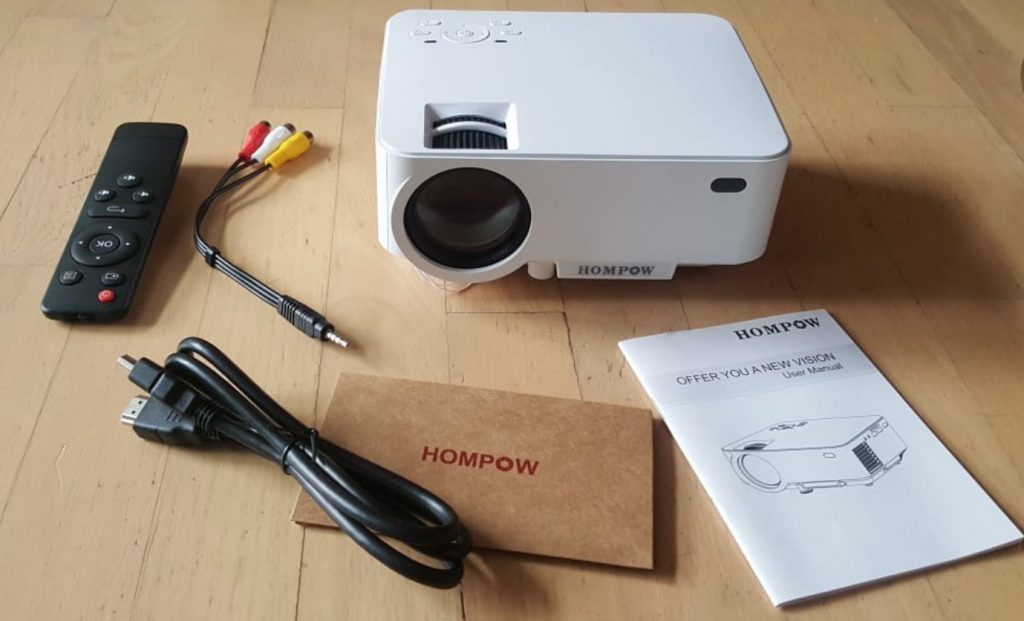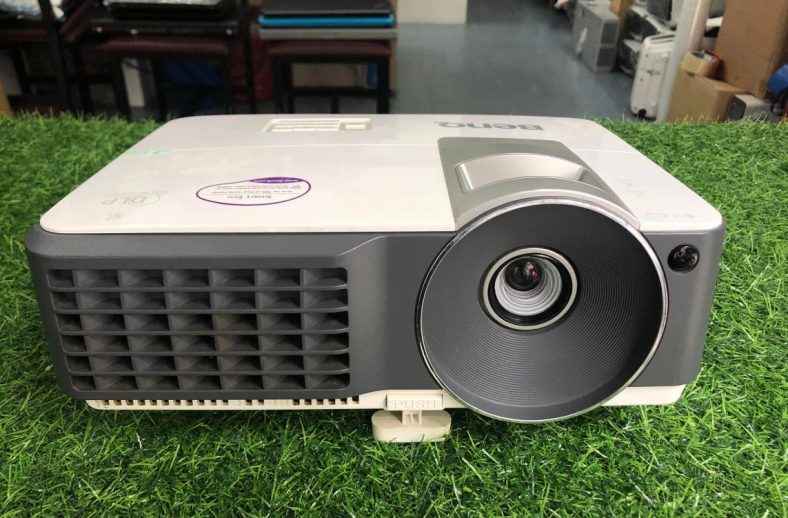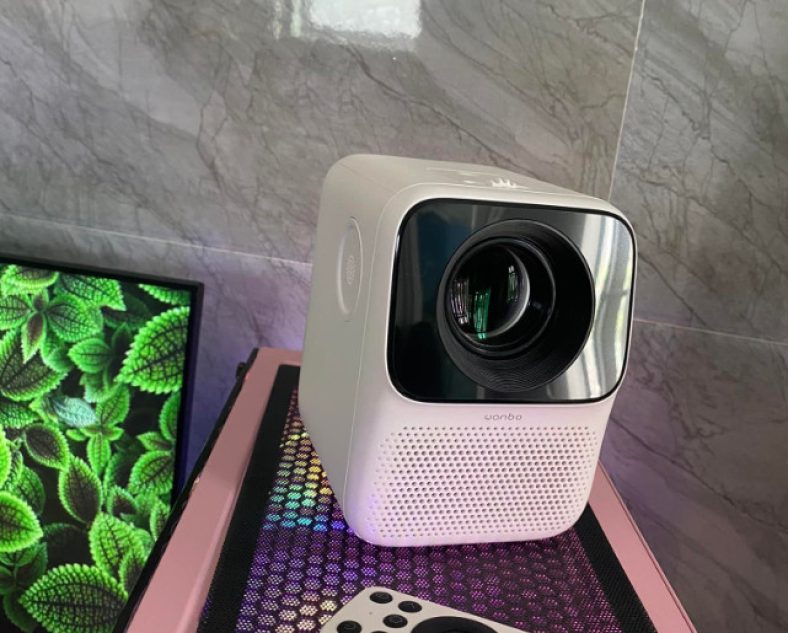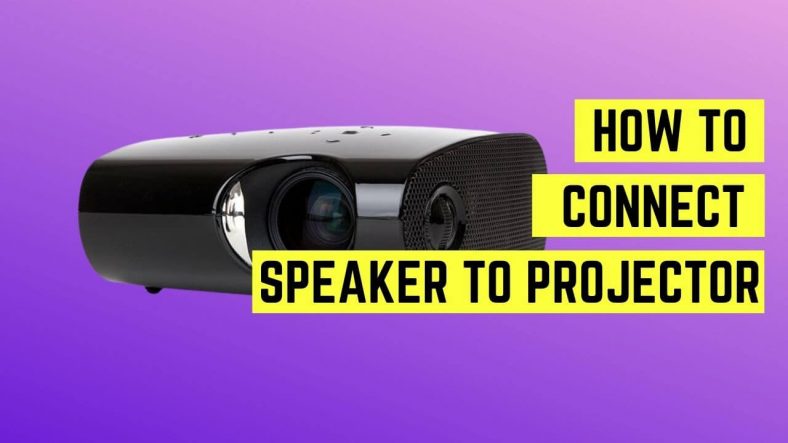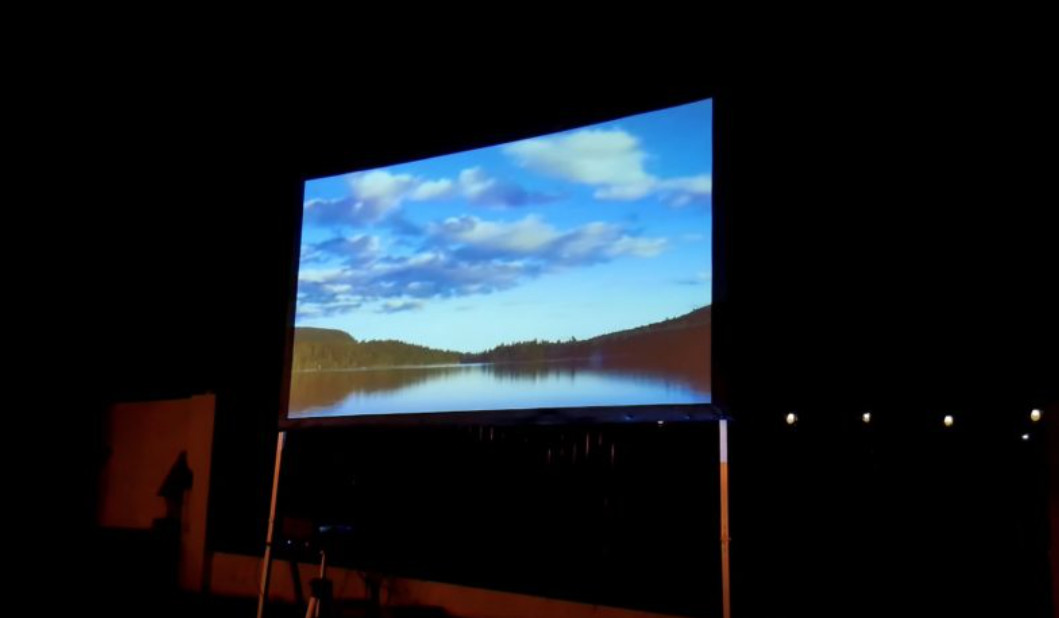
How many Lumens for Outdoor Projector? 6 factors to consider
Watching a movie outdoors is a wonderful experience. However, if the brightness of your project can’t beat the natural light, you will be disappointed. So, how many lumens for an outdoor projector? The short answer is about 5,000 to 7,000. For a detailed explanation, let’s follow our post!
Table of Contents
How Many Lumens For Outdoor Projectors?
Lumens relate to the brightness of the projected images. The brighter the picture, the more lumens you need.
This figure affects how a projector can display the image in some cases.
For example, if you have intense background lighting, you’ll need to display brighter images to see them well.
If you buy a projector with too many lumens, the projector shows accurate colors, lowering the image quality.
Now you understand what lumens are. Let’s check how many of them are ideal for showing movies outdoors.
Screen size
For an 8-foot-long screen, a 5,000-lumen model is the best. As the display screen size grows, you need more lumens.
As a result, 7,000- to 10,000-lumen projectors may be necessary for a 15- or 20-foot display.
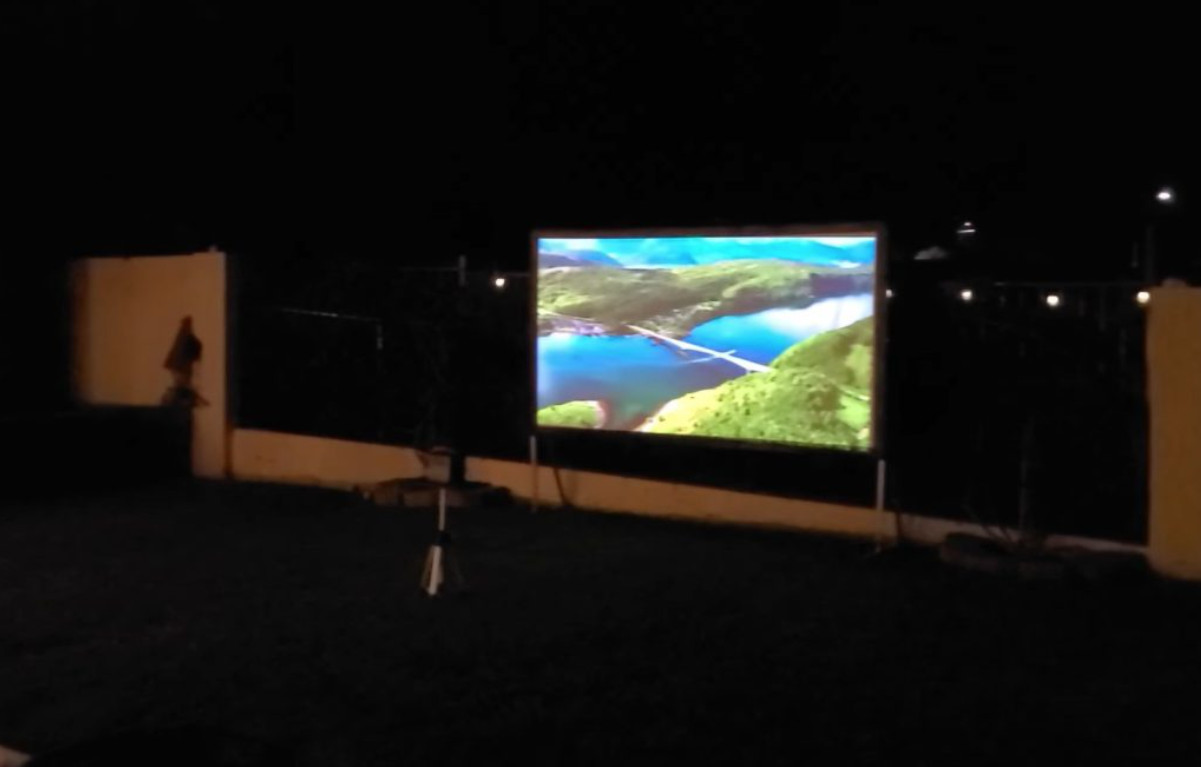
Screen type
You’ll need a very bright picture when utilizing an outdoor projection. For this purpose, the surface should be of high quality.
Some people display their movies on white cloth, but this method doesn’t yield the best result.
Also, check the wind before setting your theater system. The cloth may wave once the wind blows, resulting in distractions.
RELATED:
– How to clean the projector’s lens?
– How do I connect the projector and speaker?
Ambient light
You’ll need a very vivid projection to watch movies outside on a sunny day.
However, keep in mind that the outdoor setting may contain a lot of artificial light even at nighttime.
Ambient lights created by street lights, sky glow, security lights, and the moon can conflict with your display.
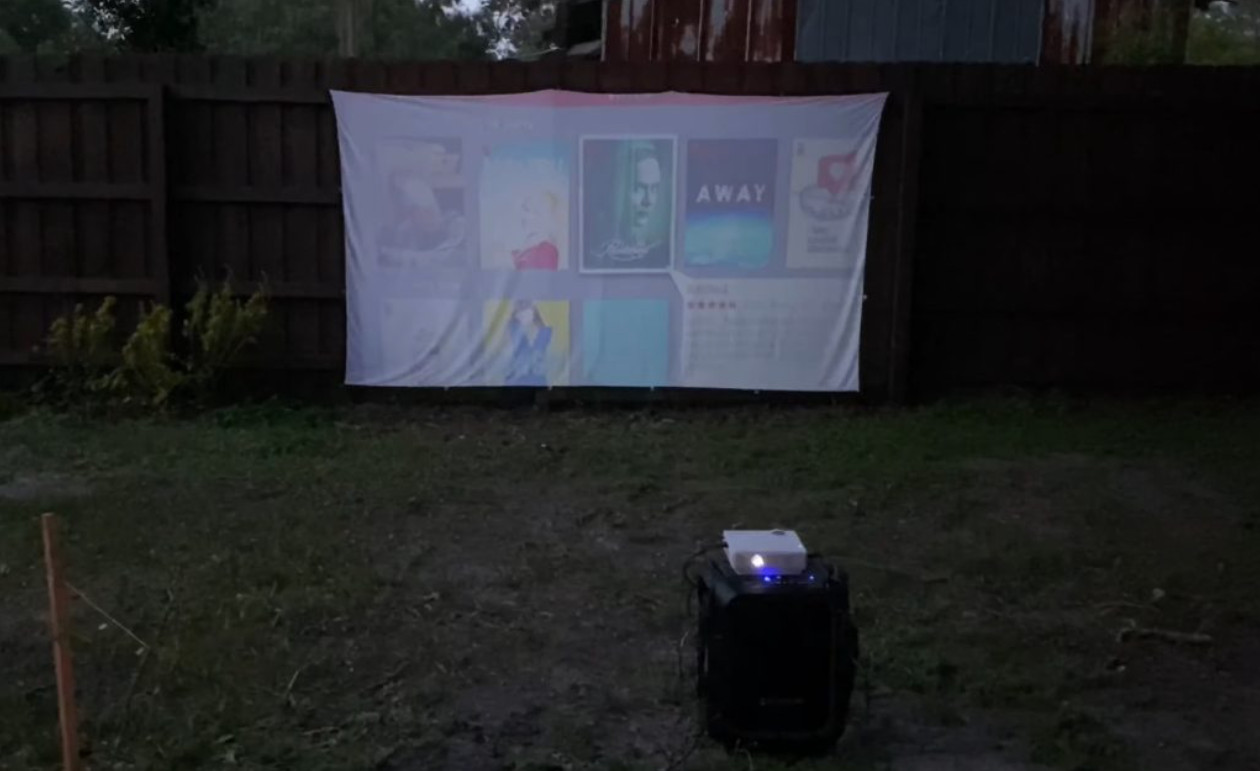
Image quality
The fact is that you won’t be setting your projector at its maximum brightness often.
Raising the system to 100% when viewing movies or playing games may wash out the picture and lose brightness and clarity.
Usually, you’ll be viewing material at a brightness level far lower than the device’s maximum capabilities.
Screen gain
The screen gain refers to how much light your device can reflect. A gain of 1.0 means that it can reflect the light evenly at all angles.
The brightness of a display with a greater gain is better than one with a lower gain, but only within a specific angle of view.
If you want extra brightness in your movies, a higher gain monitor is an excellent option, as long as you sit at an ideal viewing angle.
Type of content
The projector should have more color lumens if you’re projecting old movies from a digital camera or a smartphone.
Presenting animated films or movies with brilliant colors, on the other hand, would need fewer lumens.
RELATED: How many lumens are required to project during the day?
Why Should The Projector Have A Greater Number Of Lumens?
Your picture will be dim if the lumen number does not match the size of your monitor and is too low.
As a result, you’ll have to go around and switch off all of the bulbs in the area. It will not only be a waste of time, but the picture will also not be as beautiful.
Because the picture will be clearer and brighter, the number of lumens should be equivalent to the size of your screen.
Moreover, if the area where you display the movie is too dark, there is a high chance that your guests may bump into things as they move around.
It is advisable to not fully darken the surroundings but rather leave some lights on and get an outdoor projector with enough natural brightness. Then, you will not need to switch off all of the bulbs.
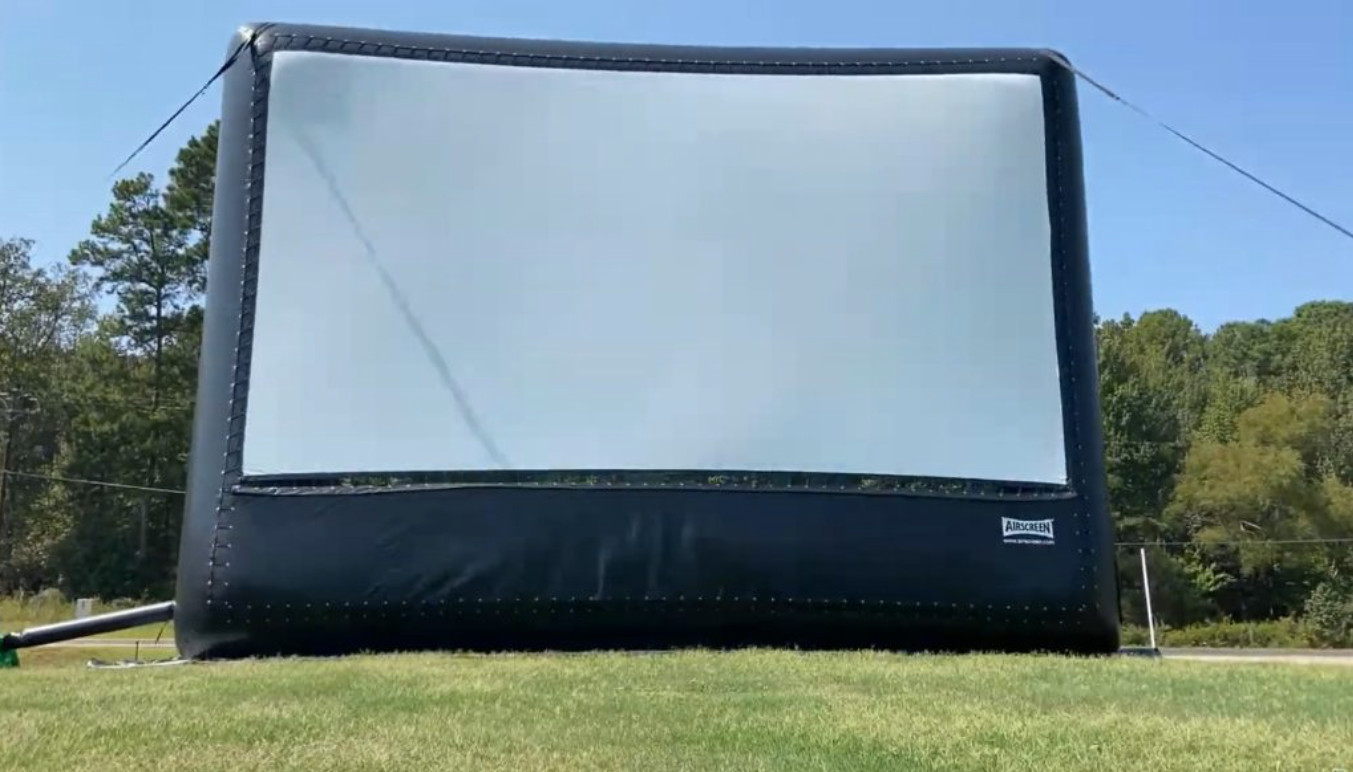
How To Increase The Brightness Without Replacing The Projector?
What if you have bought a projection system but fail to display your movies beautifully? There are two solutions for this case:
Buy a high-gain screen.
The projected images may fail to cut through ambient light sources if your projection isn’t powerful enough, making them difficult to view.
Although you may install a new system, it can be expensive. Instead, it’s more convenient to get a high-gain screen alternatively.
This screen reflects light back to the audience, making it easier to view the screen.
However, this option works best when the viewers sit in front of the display. If you choose other seats, you won’t have the best angle.
Adjust the ambient light
You can try lowering the amount of natural light as much as possible to improve the brightness. For example, wait until it is entirely dark before enjoying your movie.
Placing the projector closer to the display would also be a good idea. You may also be able to adjust the luminance in the settings of some projectors.
For specific models, brightness adjustment entails turning off the environmental mode, which reduces the projected amount of lumens to save electricity.
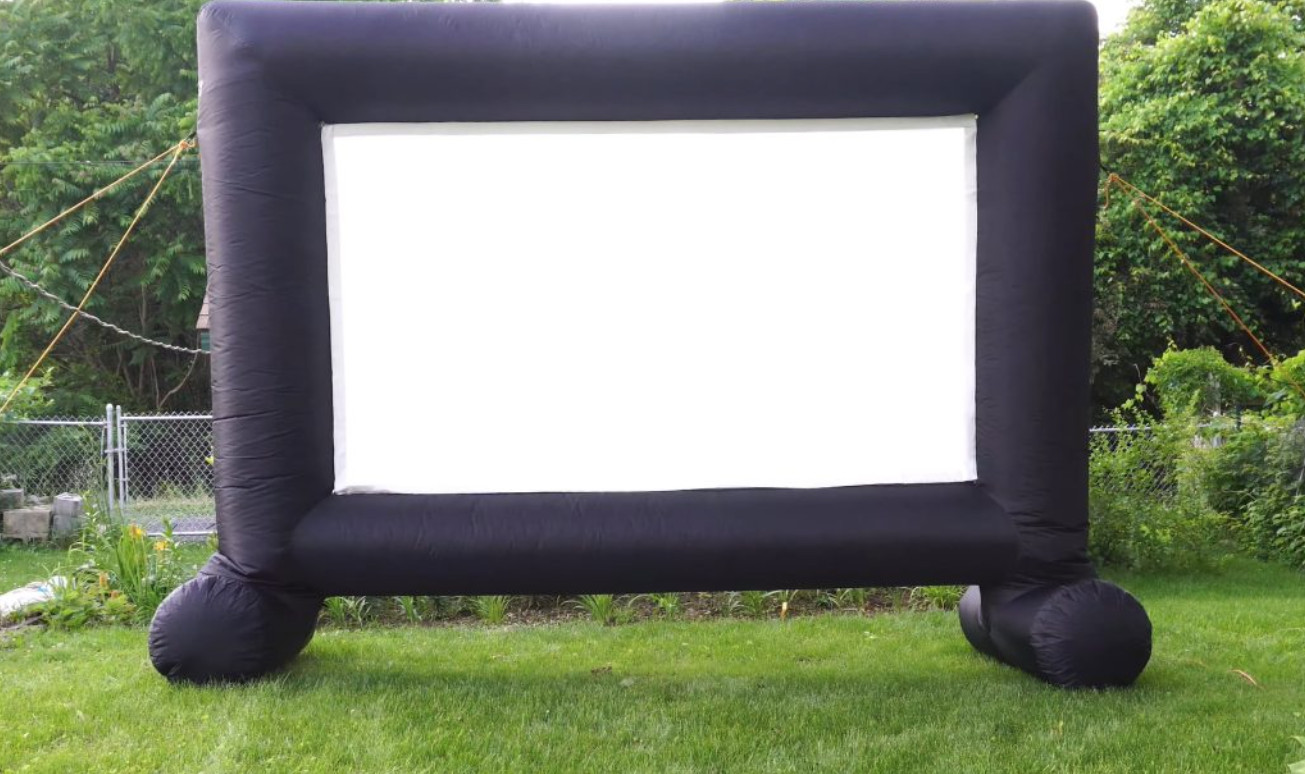
Related:
– How do overhead projectors work?
– Differences Between DLP and LCD Projectors
What If Your Projector Doesn’t List Lumens?
Unfortunately, not all outdoor movie projections list their lumens, making it challenging to find the best one that fits your needs.
These devices may suggest lux or watt as their default measurement. Here is how you refer to the two units.
Lux
Lux indicates the lumens per volume. In other words, it shows how much visible light you can see per square meter.
You may use an online calculator to determine the correct lux measurement by entering the needed lumens and displaying the surface area.
Watt
A bulb’s wattage is a measurement of how much electricity it consumes. Although you can convert it into the lumen, it is not a brightness metric.
Different bulbs may refer to the same lumens. For example, if you need a 1,100-lumen protector, you can go for a 13-watt bulb, a 19-watt CFL bulb, a 75-watt incandescent bulb, or a 53-watt halogen bulb.
Conclusion
There are many factors to consider when choosing a projector. Yet, prioritize the lumens because this figure reflects how well your machine displays the image.
We hope that you can enjoy your outdoor movie-watching experience without any obstacles. Thank you for stopping by!

